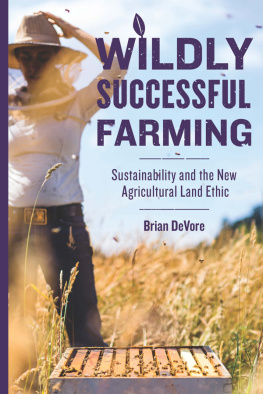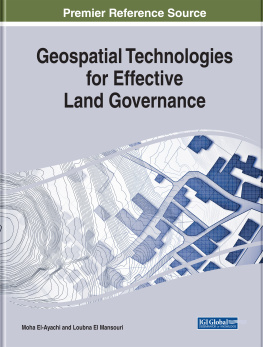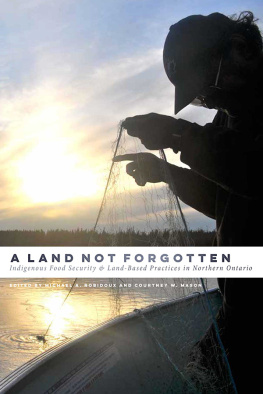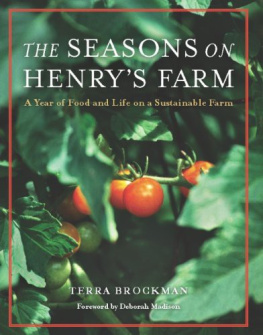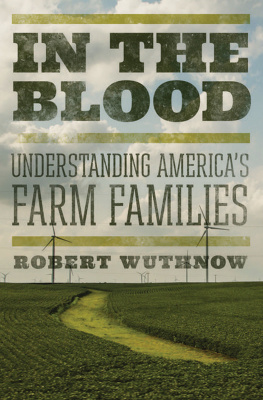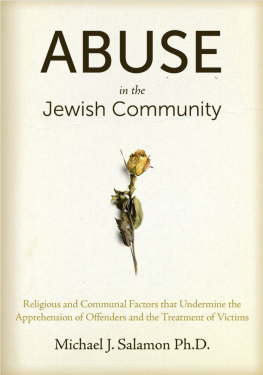1992 The University of North Carolina Press
All rights reserved
Manufactured in the United States of America
The paper in this book meets the guidelines for permanence and durability of the Committee on Production Guidelines for Book Longevity of the Council on Library Resources.
99 98 97 96 95 6 5 4 3 2
Library of Congress Cataloging-in-Publication Data
Salamon, Sonya.
Prairie patrimony : family, farming, and community in the
midwest / Sonya Salamon.
p. cm.(Studies in rural culture)
Includes bibliographical references and index.
ISBN 0-8078-2045-8 (cloth: alk. paper)
ISBN 0-8078-4553-1 (pbk. : alk. paper)
1. Rural familiesMiddle West. 2. Family farmsMiddle West. 3. Farm lifeMiddle West. I. Title. II. Series.
HQ536.15.A14S25 1992
306.8520977dc20 92-53622 CIP
Illustrations from P. L. Ardrey, American Agricultural Implements:
A Review of Invention and Development in the Agricultural
Implement Industry of the United States (Chicago, 1894).
THIS BOOK WAS DIGITALLY MANUFACTURED.
Contents
PART I
Culture and Midwestern Family Farmers
PART II
Interactional Processes and Reproduction of Family and Farm
PART III
Implications of Family Practices beyond the Farm Bounds
Tables
1.1. Tract Size and Ownership of Land in Four Communities
1.2. Persistence of Family Ownership over 3 to 4 Generations
1.3. Dominance of Germans and Yankees in the Midwestern Rural Farm Population
3.1. Dimensions of Variation and Their Impact on Community Quality
4.1. Typology of Midwestern Farming Patterns
4.2. Community, Farm, and Family Characteristics
4.3. Active Operators Second-Ranked Income Sources in German St. Boniface and Yankee Emerson
4.4. Sources of Income According to Percentages of Operations in German Freiburg and Yankee Libertyville
5.1. Husband and Wife Dyad and the Management Process
6.1. Fathers and Sons and the Succession Process
6.2. Source of Land in Operation, by Age of Operators First Land Purchase in Heartland
6.3. Operation Characteristics of Active Wheeler Farmers
7.1. Siblings and Inheritance of the Farming Patrimony
7.2. Manner of Estate Planning, by Ethnic Community
7.3. Probate Cases According to Testamentary Behavior in German St. Boniface and Yankee Emerson
7.4. Heir Residence Location
8.1. Family Links to the Community
10.1. Dimensions of Rural Community Variation
10.2. Village Populations of Selected Years
Figures
4.1. Distribution of Farms by Size among German Yeoman Communities
4.2. Distribution of Farms by Size among Yankee and Mixed Entrepreneur Communities
9.1. Illinois Farmland (Land and Buildings) Values per Acre in 1990 Constant Dollars
9.2. Heartland (German Yeoman), Acres Owned by Ethnic Group
9.3. St. Boniface (German Yeoman), Acres Owned by Ethnic Group
9.4. Wheeler (Yankee Entrepreneur), Acres Owned by Ethnic Group
9.5. Prairie Gem (German/Yankee Mixed), Acres Owned by Ethnic Group
10.1. Scale of Community Viability According to Amenities and Social Integration
Preface
My years of studying farm families began among student discussion groups in the cross-cultural family studies course I teach at the University of Illinois. When I began my first semester of teaching in 1974, I was initially struck by differences between students with farm backgrounds and those from suburban Chicago. For example, suburban students said they intended to leave for California (or a similar place with better weather than Illinois) upon graduation; farm-background students wanted to return home, if possible. Suburban students cited friends more than family members as intimates, while farm-background students spoke of the strength of their extended families. I became convinced, as the semester went on, that I was learning about fundamental cultural differences, and my curiosity was piqued.
When I turned to the literature, I was surprised to find little recent work on farmers, with the exception of the Canadian studies by John Bennett and Seena Kohl. No American research was evident since the 1940s, when fine anthropologists such as Walter Goldschmidt, Oscar Lewis, and Horace Miner, among others, had carried out ethnographic studies. But these were community studies, and as in most reports of the period, families scarcely appeared as actors. Only recently has anthropological interest turned to how culture is reproduced in the family context. Sharing a hotel room at a professional meeting with a colleague whose father was embroiled in a land dispute while breaking up a ranch partnership, and engaging in discussions with others having farm backgrounds, helped me to realize that, in the Midwest, obtaining, using, owning, and passing on land are of paramount importance to farm families. I decided to ask farmers about standard anthropological topicsinheritance and kinship beliefsto explore the relationship between such cultural factors and the persistence of families in farming. Such issues had been virtually ignored by previous researchers.
The first farmer I met in 1975, whose family and I have kept in contact ever since, became the model for the yeoman farmer in this book. One fall morning we first met in the kitchen of the farmhouse where he had lived his entire life until retirement. He asked me three questions to decide whether I was acceptable even if a university professor: Did I own my own home? What religion was I? and Did my husband like to beer? It was important that I own my home. I thought being Jewish might be a problem, but it was more important that I was something than what it was. And finally, drinking beer, by definition, was a social act and important for a man to do. Although it was eleven in the morning, he invited me to join him for a beerI had met with his approval. His offhand reply to one question that morning became the driving force of my research. I wanted to know why he had retired at age fifty-five when, clearly, farming was his whole life. Why Id met all my goals, he said simply. His children were farming, and he had acquired enough land to give them each a farm the size his father had given him. It took me a decade to unravel the full meaning of his answer and to understand the cultural significance of retiring before one personally might prefer otherwise.
Although he had only an eighth-grade education, this farmer was a highly intelligent man who lived fully committed to maintaining his heritage and an agrarian way of life. I was lucky to meet him first. My husband regretted our friendship when we attended a community beer fest with the farmers family and he was pressed to drink too much. My two young sons giggled in delight when the farmer teased them about coming to work with him on the farmhe would have them shovel manure. After all you have to take the bitter with the sweet, he commented with a sly grin. He was an anthropologists dream informant who loved his life, and when he reflected on it, every observation was a quotable quote. Despite not acquiring the bull-shit meter that an acquaintance told me I would need working with the farmer, I learned a great deal about how farming can be a way of life one loves passionately.
This work was supported by a variety of funding over the many years I carried out the community studies. Basic funding was provided by the Illinois Agricultural Experiment Station, with funds allocated to Hatch Projects 60302, 60306, and 60308. Critical and substantial support also came from the Agriculture and Rural Economy Division, Economic Research Service, U.S. Department of Agriculture, in the form of several cooperative agreements for field studies, and a year of sabbatical leave during 198889 as a Visiting Scientist in Washington, D.C., allowed me to prepare the first draft. A Rural Sociological Society Senior Fellowship in Policy Studies also supported my sabbatical. An early draft of this book (the wrong book, it turned out) was written during 198182 while I was on sabbatical in France with support from a fellowship from the University of Illinois Center for Advanced Study. It was that first draft that led me to develop the basic model for this version. Several University of Illinois Research Board awards also supported parts of the research. I am grateful to all these sources of financial aid.



